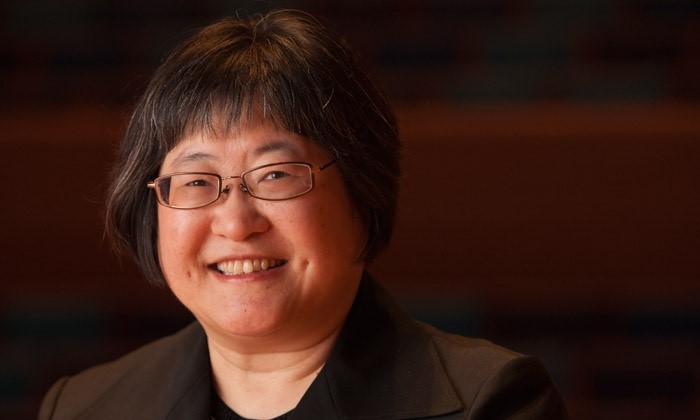Chinese Folk Dance Suite
Item
-
Score title
-
Chinese Folk Dance Suite
-
Composer
-
Chen Yi
-
Program note
-
Supported by a major commissioning award from the Serge Koussevitzky Music Foundation in the Library of Congress, my Chinese Folk Dance Suite is written for violin solo and orchestra, and premiered by The Women's Philharmonic with the violin soloist Terrie Baune, conducted by Apo Hsu, on March 10, 2001, at Yerba Buena Center For the Arts Theater in San Francisco. Inspired by various Chinese traditional folk dances, I've composed three movements in the suite: 1) Lion Dance. Traditionally, people dance with richly decorated hand made lions, accompanied by percussion ensemble, to celebrate happy occasions and major festivals throughout the country. In the composition, I use Chinese drum and other percussion instruments in the background, to form a dynamic and rhythmic texture responding to the solo part, which imitates the tunes played on the suona (traditional Chinese trumpet); 2) YangKo. Originated in northern China, it's a major folk dance form in mass performance popularized in the country. In YangKo performance, people always play rhythmic patterns on the drums hung around their wastes while singing and dancing. In my second movement, I have imagined a warm scene of YangKo dancing in the distance. The solo violin plays a sweet and gracious melodic line while all members in the orchestra sing the non-pitch syllables in different layers as the soft background, to imitate the percussion sound which produces the ever going pulse. 3) Muqam. It is a large scale traditional music and dance form from Uygur nationality in Xinjiang province, originated in the 15th century. In my third movement, I keep the meter of seven eight and the melodic style of Muqam music. The fiery dancing gesture cumulates the sustained climax section at the end of the work, after a colorful violin cadenza in both improvisational singing style and polyphonic writing with woven lines.
 Chen Yi
Chen Yi

